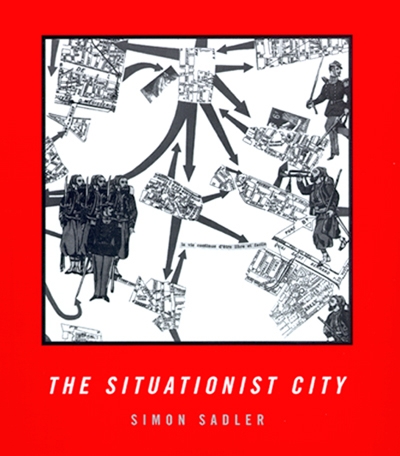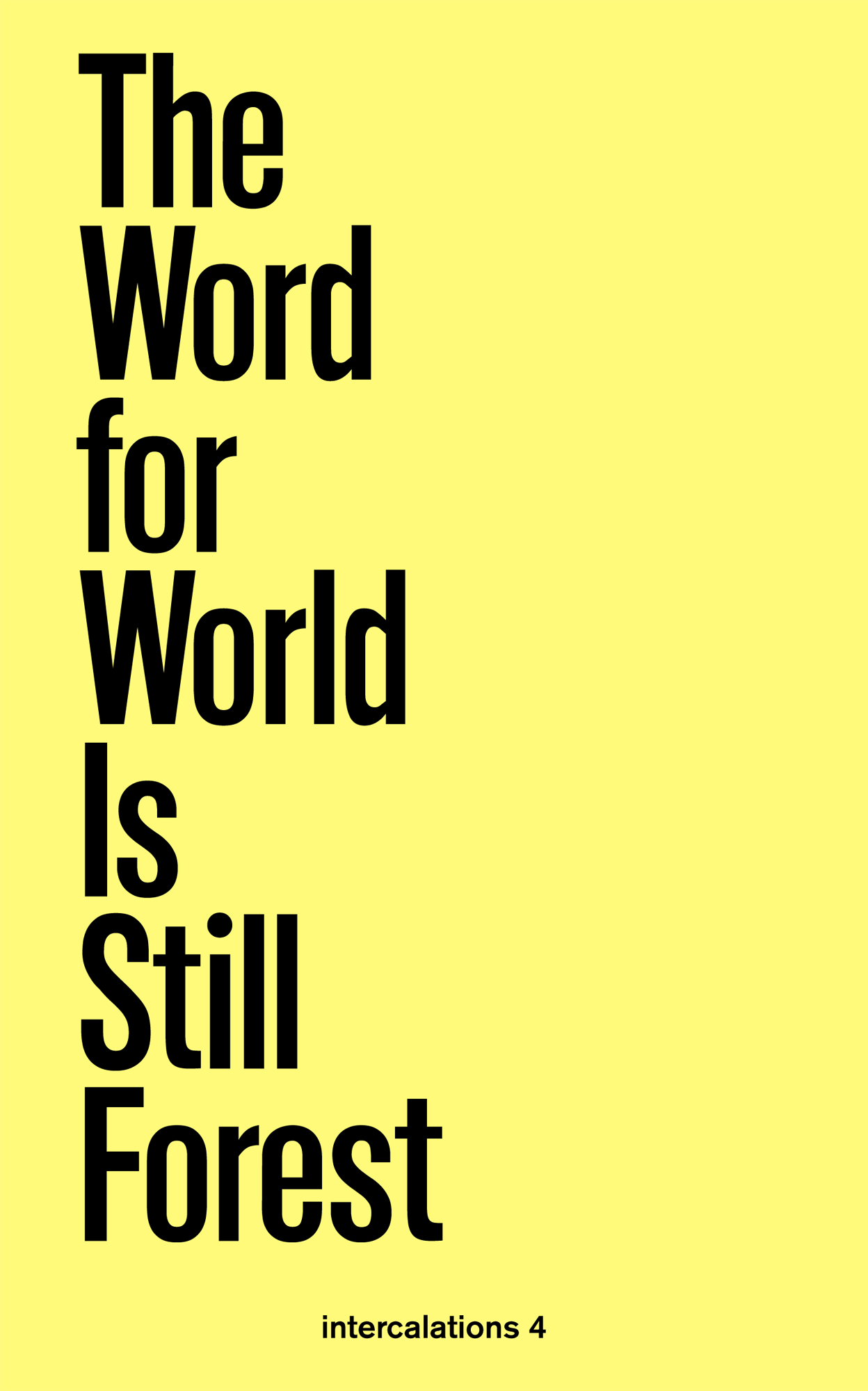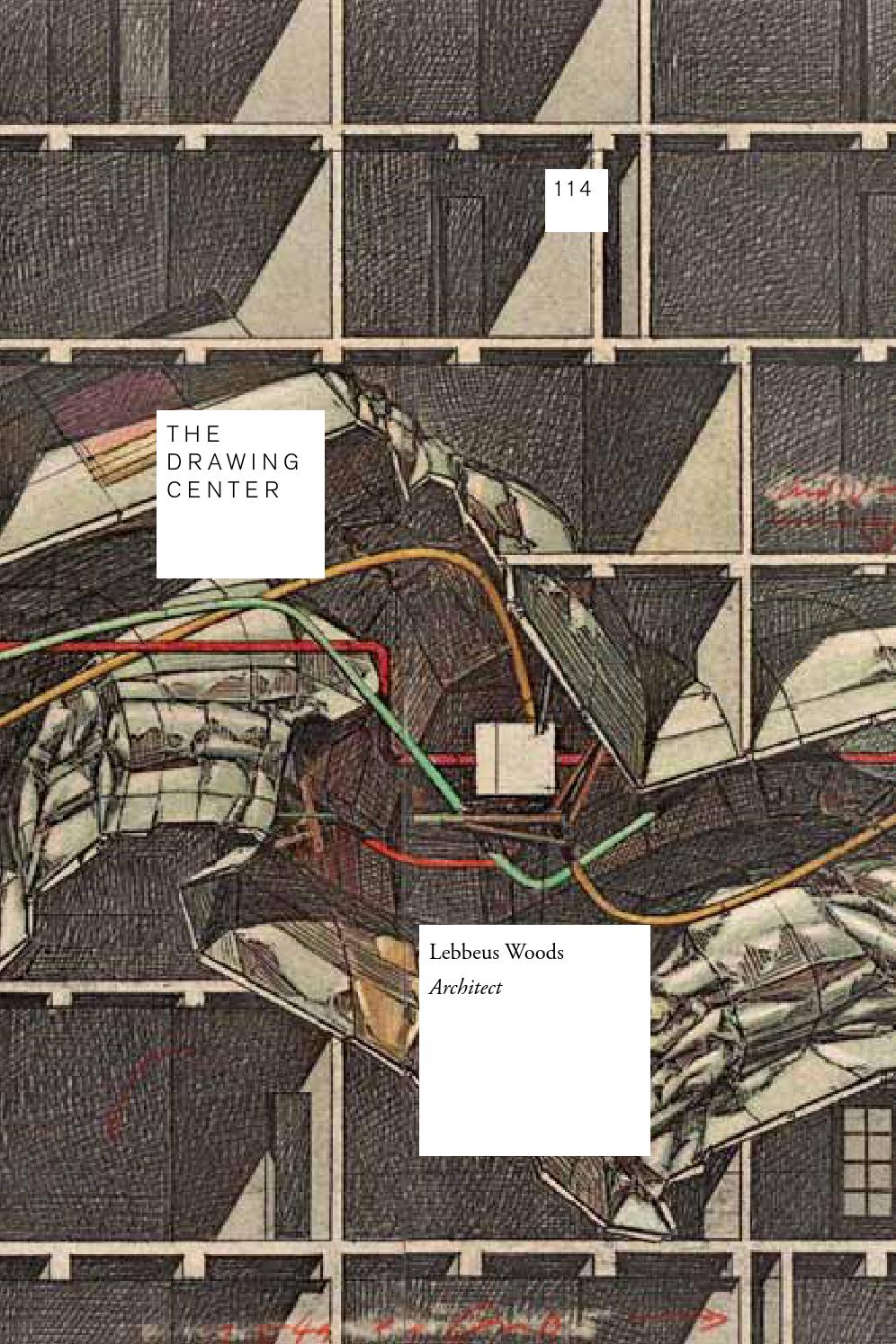Simon Sadler: The Situationist City (1998)
Filed under book | Tags: · architecture, city, design, situationists, urbanism

“From 1957 to 1972 the artistic and political movement known as the Situationist International (SI) worked aggressively to subvert the conservative ideology of the Western world. The movement’s broadside attack on “establishment” institutions and values left its mark upon the libertarian left, the counterculture, the revolutionary events of 1968, and more recent phenomena from punk to postmodernism. But over time it tended to obscure Situationism’s own founding principles. In this book, Simon Sadler investigates the artistic, architectural, and cultural theories that were once the foundations of Situationist thought, particularly as they applied to the form of the modern city.
According to the Situationists, the benign professionalism of architecture and design had led to a sterilization of the world that threatened to wipe out any sense of spontaneity or playfulness. The Situationists hankered after the “pioneer spirit” of the modernist period, when new ideas, such as those of Marx, Freud, and Nietzsche, still felt fresh and vital.
By the late fifties, movements such as British and American Pop Art and French Nouveau Ralisme had become intensely interested in everyday life, space, and mass culture. The SI aimed to convert this interest into a revolution—at the level of the city itself. Their principle for the reorganization of cities was simple and seductive: let the citizens themselves decide what spaces and architecture they want to live in and how they wish to live in them. This would instantly undermine the powers of state, bureaucracy, capital, and imperialism, thereby revolutionizing people’s everyday lives.
Simon Sadler searches for the Situationist City among the detritus of tracts, manifestos, and works of art that the SI left behind. The book is divided into three parts. The first, “The Naked City,” outlines the Situationist critique of the urban environment as it then existed. The second, “Formulary for a New Urbanism,” examines Situationist principles for the city and for city living. The third, “A New Babylon,” describes actual designs proposed for a Situationist City.”
Publisher MIT Press, 1998
ISBN 9780262193924
ix+233 pages
via heimitokunst, ¯\_(ツ)_/¯
Reviews: Andrew Hussey (LRB, 1999), Notbored (n.d.), Andy Merrifield (Harvard Design Mag, 2000), Rosemary Wakeman (French Polit Cult Soc, 2000), James L. Penner (TDR, 2001), Sarah Deyong (J Society Arch Hist, 2001), Benedict Seymour (Mute, 2004), Natasha Gershfield (Manchester School Arch, 2010).
Comment (0)The Word for World Is Still Forest (2017)
Filed under book | Tags: · anthropocene, botany, forest, nature, science fiction

“Taking its title from Ursula K. Le Guin’s 1972 novella, The Word for World Is Still Forest curates an homage to the forest as a turbulent, interconnected, multinature.
Moving from concepts of the forest as a thinking organism to the linear monocultural plantations that now threaten the life of global forests, the volume includes an interview with anthropologist Eduardo Kohn on perspectival multinatural semiotics based on his observations in Ecuador as well as a piece by Canadian forest ecologist Suzanne Simard, with visualizations by Kevin Beiler, examining how fungi networks uptake nutrients of salmon brought from sea to river to land by grizzlies and wolves. Curator Dan Handel presents an excerpted exhibition on “wood” as a vital element of forest mythology and the driver of industrial resource management. Media designer and data curator Yanni A. Loukissas adds a series of reflections on botanical data from Harvard University’s Arnold Arboretum.
An original typography of tree forms from artist Katie Holten’s Tree Alphabet reconnects the paper of the book page to its forest genealogy. Brazilian architect and urbanist Paulo Tavares contributes an annotated visual composition on Amazonian human rights violations and indigenous struggle, highlighting the hybrid literacies required by resistance movements fighting illegal logging and plantations. Shannon Lee Castleman also addresses illegal logging in her photo essay on the incremental harvesting practices in the diminished tropical forests of Indonesia, while the landscape architect Sandra Bartoli offers a little known history of the ancient trees of the urban forest known as the Berlin Tiergarten and Silvan Linden portrays a case study of Berlin’s ever-more controversial urban “wild.” The Nonuya elder and shaman Abel Rodríguez contributes an oral narrative of the Ancestral Tree of Plenty, transcribed in collaboration with the Tropen Bos International Colombia forest conservation group, alongside a series of his drawings of medicinal plants used for botanical conservation efforts. In resonance, the book also contains an essay by Pedro Neves Marques about the particularity of Amerindian images of naturecultures. Finally, the book includes excerpts of Ursula K. Le Guin’s original text, The Word for World Is Forest.”
With contributions by Sandra Bartoli, Shannon Lee Castleman, Dan Handel, Katie Holten, Eduardo Kohn, Ursula K. Le Guin, Silvan Linden, Yanni A. Loukissas, Abel Rodríguez, Suzanne Simard & Kevin Beiler, Paulo Tavares, and others.
Edited by Anna-Sophie Springer and Etienne Turpin
Publisher K. Verlag & Haus der Kulturen der Welt, Berlin, 2017
Intercalations series, 4
ISBN 9783981863505
xix+202 pages
Lebbeus Woods, Architect (2014)
Filed under catalogue | Tags: · architecture, drawing

“Acknowledging the parallels between society’s physical and psychological constructions, architect Lebbeus Woods has depicted a career-long narrative of how these constructions transform our being. Working mostly, but not exclusively, with pencil on paper, Woods has created an oeuvre of complex worlds—at times abstract and at times explicit—that present shifts, cycles, repetitions within the built environment. His timeless architecture is not in a particular style or in response to a singular moment in the field; rather, it offers an opportunity to consider how built forms impact the individual and the collective, and reflect contemporary political, social and ideological conditions, and how one person contributes to the development and mutation of the built world.
Lebbeus Woods, Architect brings together works from the past forty years by one of the most influential designers working in architecture. Beyond architects, he has been hailed by designers, filmmakers, writers, and artists as a significant voice in recent history, his works resonate across many disciplines for their conceptual depth, imaginative breadth, lasting beauty and ethical potency. The catalogue centers on transformation as a recurring theme, providing a framework for understanding the experimental nature of the work.”
The exhibition originated at the San Francisco Museum of Modern Art (Feb-Jun 2013) and was on view at the Eli and Edythe Broad Art Museum at Michigan State University (Nov 2013-Mar 2014) and The Drawing Center in New York City (Apr-Jun 2014).
With essays by curators Joseph Becker and Jennifer Dunlop Fletcher.
Publisher Drawing Center, New York, 2014
Drawing Papers series, 114
ISBN 9780942324846, 0942324846
129 pages
via publisher
Exhibition (SFMOMA)
Exhibition (Broad Museum)
Exhibition (Drawing Center)
Publisher
WorldCat

